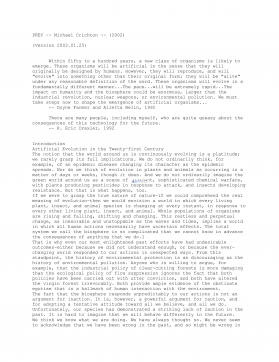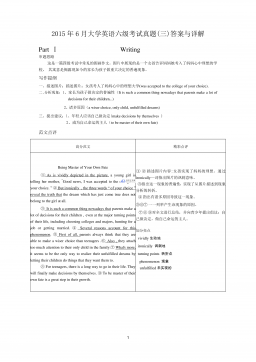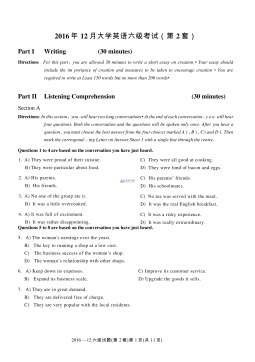Lightweight Strategy for XOR PUFs as Security
Primitives for Resource-constrained IoT device
1st Gaoxiang Li
Department of Computer Science
Texas Tech University
Lubbock, TX 79409, USA
email address or ORCID
2nd Yu Zhuang
Department of Computer Science
Texas Tech University
City, Country
email address or ORCID
3rd Khalid T. Mursi
College of Computer Science and Engineering
University of Jeddah
City, Country
email address or ORCID
Abstract—Physical Unclonable Functions (PUFs) are promising
security primitives for resource-constrained IoT devices. And
the XOR Arbiter PUF (XOR-PUF) is one of the most studied
PUFs, out of an effort to improve the resistance against machine
learning attacks of probably the most lightweight delay-based
PUFs – the Arbiter PUFs. However, recent attack studies reveal
that even XOR-PUFs with large XOR sizes are still not safe
against machine learning attacks. Increasing PUF stages or
components and using different challenges for different com-
ponents are two ways to improve the security of APUF-based
PUFs, but more stages or components lead to more hardware
cost and higher operation power, and different challenges for
different components require the transmission of more bits
during operations, which also leads to higher power consumption.
In this paper, we present a strategy that combines the choice of
XOR Arbiter PUF (XOR-PUF) architecture parameters with the
way XOR-PUFs are used to achieve lightweights in hardware
cost and energy consumption as well as security against machine
learning attacks. Experimental evaluations show that with the
proposed strategy, highly lightweight component-differentially
challenged XOR-PUFs can withstand the most powerful machine
learning attacks developed so far and maintain excellent intra-
device and inter-device performance, rendering this strategy a
potential blueprint for the fabrication and use of XOR-PUFs for
resource-constrained IoT applications.
Index Terms—IoT security; XOR-PUF; CDC-XPUF; machine
learning modeling attack
I. INTRODUCTION
A. Overview and Motivation
The Internet of Things (IoTs) has a wide and deep par-
ticipation in business and everyday life, forming a variety
of networks. Many of them place a premium on security
to ensure the integrity of their communications. However,
many network nodes, such as sensors and IoT devices, are
resource constrained and cannot support traditional cryp-
tographic protocols, which are not lightweight. Physically
Unclonable Functions [1]–[4] (PUFs) have the potential to
provide a lightweight cryptography solution to the omnipresent
resource-constrained IoT. Unlike traditional methods, PUFs
rely on inherent variations within integrated circuits to provide
unique responses. Due to this lightweight feature, PUFs are
appealing for resource-constrained IoT device identification
and authentication [5]–[8].
PUFs can be divided into two types: weak PUFs and strong
PUFs [5]. Weak PUF has a limited challenge-response pairs
(CRP) space, so it is suitable for cryptographic key generation.
Strong PUF, on the other hand, has an exponentially huge CRP
space, which is suitable for challenge-response authentication
protocols. Arbiter PUF (APUF) and its variant, XOR Arbiter
PUF (XOR-PUF), are the most common implementations of
strong PUFs.
However, strong PUFs are not necessarily ”strong” in terms
of modeling attack resistance. Though physically unclonable,
some PUFs are “mathematically clonable” in the sense that
the responses of a PUF can be predicted by machine learning
(ML) modeling attacks. Previous studies have demonstrated
that APUF is extremely vulnerable to ML modeling attacks.
And its most widely studied variant, XOR-PUF, which is
proposed to improve ML modeling attack resistance, is still
incapable of surviving most recent ML modeling attacks [9]–
[16].
Increasing PUF stages or components and using different
challenges for different components are two ways to improve
the security of APUF-based PUFs. To begin, as the number
of components or stages increases, the cost of hardware and
operational power increases proportionately, rendering them
unsuitable for resource-constrained IoT devices. Second, pre-
vious research [8], [17]–[19] established that XOR-PUF with
different challenges for different components (CDC-XPUF)
can provide significant resistance to machine learning model-
ing attacks within the same XOR-PUF architecture. However,
the number of transmission bits required by CDC-XPUFs
is high, increasing overall hardware overhead and operating
power. As a result, the current CDC-XPUF design is still
unsuitable for IoT devices with limited resources. Therefore,
there is a rising concern that XOR-PUF designs may suffer as
a result of PUF designers’ being forced to provide security at
the expense of dramatically increased overhead.
To begin, as the number of components or stages increases,
the cost of hardware and operational power increases propor-
tionately, rendering them unsuitable for resource-constrained
IoT devices. Second, previous research [8], [17]–[19] estab-
lished that XOR-PUF with different challenges for different
components (CDC-XPUF) can provide significant resistance
to machine learning modeling attacks within the same XOR-
PUF architecture.
In this paper, we describe a new lightweight CDC-XPUF
arXiv:2210.01749v1 [cs.CR] 4 Oct 2022

 2024-12-08 12
2024-12-08 12
 2024-12-08 14
2024-12-08 14
 2024-12-08 10
2024-12-08 10
 2024-12-08 10
2024-12-08 10
 2024-12-08 15
2024-12-08 15
 2024-12-08 18
2024-12-08 18
 2024-12-08 27
2024-12-08 27
 2024-12-08 25
2024-12-08 25
 2024-12-08 16
2024-12-08 16
 2024-12-08 30
2024-12-08 30







 渝公网安备50010702506394
渝公网安备50010702506394
